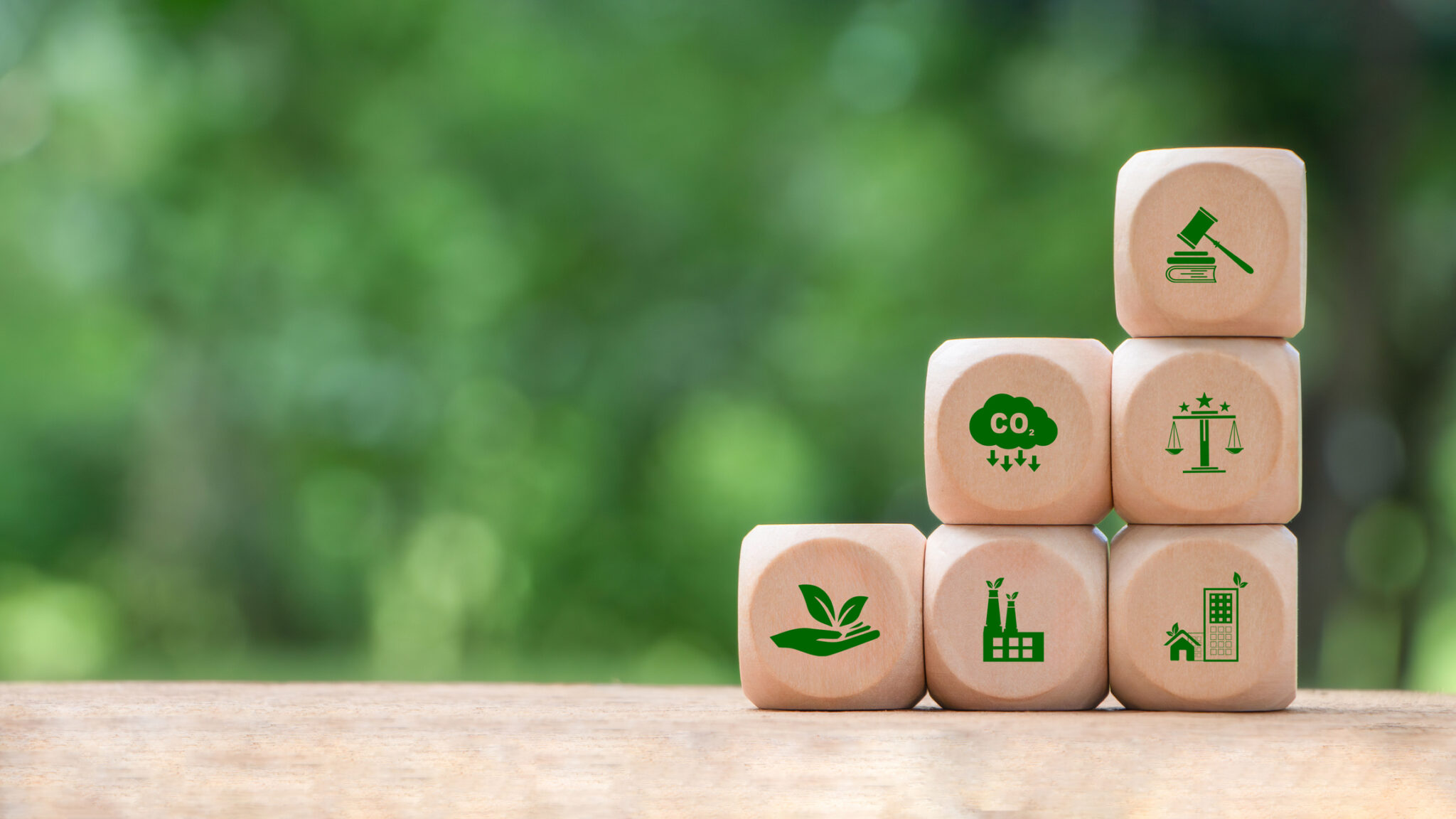Energy is an interesting industry because it impacts daily life for every American, yet little is known about the infrastructure and how everything works together. There’s a reason for this – it’s complex. There are a lot of moving pieces, dozens of players involved and many factors that affect the industry on a global scale.
Gas and oil are global commodities, but our domestic energy strategy is completely homegrown. The fact that oil and gas are global commodities is just one reason why the U.S. domestic energy strategy needs to be reevaluated. Experts and consumers agree improvements can be made so that our energy policies are better for people and the planet. But creating a domestic energy strategy that works for today as we transition to clean energy means taking a different approach that’s driven by common sense.
Investments in Common Good Midstream Projects
Midstream refers to the part of the oil and gas production process in which petroleum products are transported, stored and processed. The major players in this stage are pipeline operators, storage facilities and tanker shipping companies.
Much of the midstream process is overseen by privately-owned entities that are more concerned with profitability than the common good. Pipelines are a great example. The Keystone XL pipeline was a point of contention for many years. The opposition pointed out that construction of the pipeline was more beneficial for TC Energy, the company behind the pipeline, than for the American people. In addition to the use of eminent domain, the argument was made that investing in projects that lead to burning even more fossil fuels comes at an enormous cost to the economy and labor force due to the effects of climate change.
Transitioning to green energy requires investment in midstream projects that prioritize the common good. Midstream operators play a pivotal role in bringing renewable energy into the supply chain, particularly renewable natural gas and renewable diesel. Midstream companies are also perfectly positioned to be leaders in carbon capture, utilization and storage. To do this requires upgrading transmission pipelines so that CO2 can be transported.
Hydrogen production is another opportunity for midstream companies. Hydrogen is low-carbon but the infrastructure for transporting it is lacking. The upside is that existing infrastructure for natural gas transport can be utilized if it’s prioritized as a part of our domestic energy strategy.
Downstream Companies Dedicated to Decarbonizing and Bringing Renewables to Market
The downstream stage of oil and gas production is where crude oil is refined into usable fuels and delivered to consumers. This includes the marketing and selling of fuels.
Here again at this stage there needs to be investment in infrastructure changes that enable the use and distribution of renewable energy sources. The refineries themselves can lower fuel consumption and emissions by using solar power and steam. Downstream companies also influence project development and distribution of solar energy as well as other renewables.
In order to decarbonize the energy sector, downstream companies will need to innovate and adjust their business models. One change that has been suggested is suppliers that are localized rather than centralized. Downstream companies can also use smart technologies to develop better services that are based around consumer data.
The transition to clean energy requires downstream companies that are dedicated to decarbonization and bringing renewables to market. After all, downstream companies are the closest to consumers. That makes them integral in educating consumers, but more on that in a moment.
Climate Change-Minded Construction
Many builders are already taking the initiative to construct energy efficient homes and buildings because it’s good for business. It’s also a must if the builder wants to receive LEED certification or another designation for green construction. However, it’s often by choice.
To make real change in reducing energy consumption and strain on electrical grids, new building codes and policies need to be put in place across the nation. And right now, federal permitting reform is a hot button issue. In March of 2023, permitting reform was at the heart of the Republican-backed Low Energy Costs Act, which largely aimed to undo policies set forth by new climate laws that were approved in 2022.
The issue is important because it impacts how infrastructure is constructed, whether it’s climate change-minded and if it supports a transition to clean energy. In particular, environmental impact studies that are needed for construction are being debated. There’s agreement, however, that the permitting process for energy projects and major construction needs to be streamlined and simplified so that we can make progress.
As we address the aging electrical grid system, we have to take a climate change-minded approach that allows for more transmission lines to be built responsibility and also for more renewable energy to be easily incorporated. It is encouraging that the Greenhouse Gas Reduction Fund includes low-cost financing for construction projects that reduce emissions.
Of course, there’s also the issue of how existing buildings and homes can be more energy efficient. Federal incentives like tax credits and financial incentives for making energy efficiency improvements are helping in this effort.
Many local governments are also updating their building codes to ensure that new builds use best practices. This can make a huge difference. Forbes pointed out in 2020 that the building codes of this decade lead to 30% energy savings compared to the building codes from just a decade before. The point of their reporting was to highlight that building codes have been a powerful yet underutilized part of climate policy.
Energy Education for Consumers
Last but not least, we need to have a strategy in place for educating consumers about:
- How the energy industry works
- How energy is produced
- How they can use less and conserve more energy
There is a particular need for educating consumers on how green energy plans work. Many people are interested in getting energy from renewable resources, but they mistakenly think the plans will be too expensive and aren’t aware of all of their options. For example, many consumers are only aware of 100% renewable energy plans in which the supplier powers a home directly with renewables only. These plans aren’t offered everywhere, but consumers may have the option of signing up for a green energy plan that makes use of renewable energy credits or carbon offset programs.
Education on at-home solar production is another key point. Too many consumers either believe solar panels can be installed anywhere or that it isn’t a possibility at all. Today, solar arrays come in many forms and are more efficient at generating power. However, it isn’t as simple as installing panels on the roof and you’re done. Solar energy storage, how excess energy flows back into the grid and buyback programs need to be better explained to consumers so that more homeowners can effectively produce solar power for their houses.
At Verde Energy we’re doing our part to improve the country’s domestic energy strategy by offering green energy plans that are accessible to more people. We’ve helped over 250,000 consumers in the Midwest and Northeast make the switch to 100% renewable energy.
See what green energy plans are available in your area and if you qualify for a special promotion.



